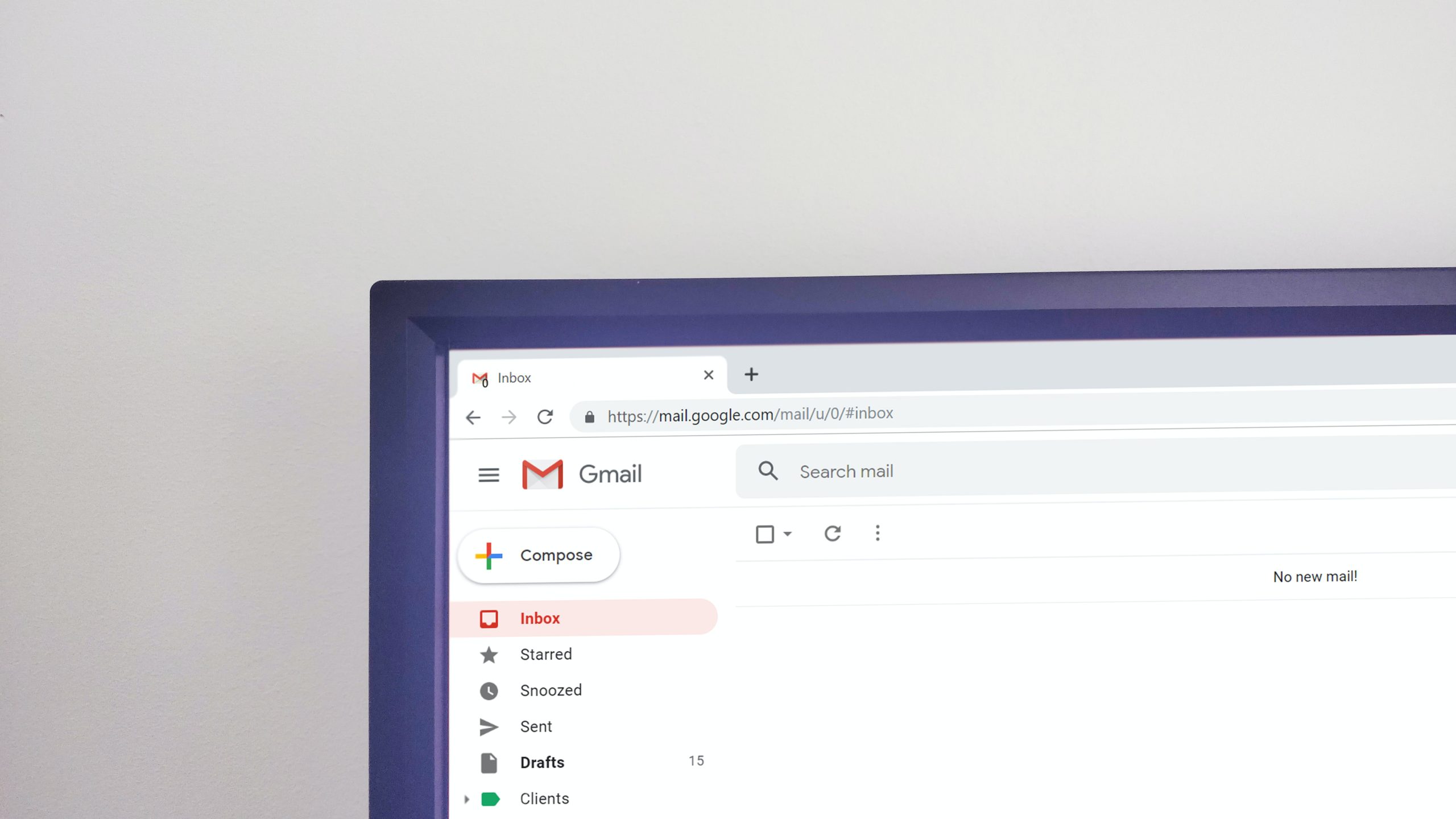
In today’s fast-paced business environment, email communication is a crucial tool for connecting with clients, colleagues, and business partners. The effectiveness of your emails can have a significant impact on your success in achieving your goals. Here are some best practices and strategies to maximize the impact of your emails:
Crafting a Clear Subject Line
The subject line is the first thing that the recipient sees when they receive your email. A clear and concise subject line can grab their attention and encourage them to open and read your email. Avoid using vague or generic subject lines that do not provide enough context. Instead, make it specific and relevant to the content of your email.
Personalizing the Email
Personalizing your email can make it more engaging and relevant to the recipient. Address them by their name, mention a recent project or conversation, or make a connection with them based on their interests or preferences. This can help build rapport and strengthen your relationship with them.
Structuring the Email Effectively
The structure of your email can make a big difference in how well it is received. Start with a brief greeting, followed by the main message or request. Use short paragraphs and bullet points to break up the text and make it easier to read. End with a clear call to action and a polite closing.
Using the Right Tone
The tone of your email can convey a lot about your personality and intentions. Use a professional and respectful tone that matches the context and audience of your email. Avoid using humor, sarcasm, or overly casual language that can be misinterpreted or offend the recipient.
Proofreading and Editing
Before sending your email, proofread and edit it carefully to ensure that it is error-free and clear. Check for typos, grammatical errors, and formatting issues. Read it aloud or ask a colleague to review it for feedback.
Following Up
Following up on your email is essential to ensure that your message is received and acted upon. Set a reminder to follow up with the recipient after a few days if you do not receive a response. This shows that you value their time and are committed to the communication process.
Using Email Automation
Email automation tools can help you save time and increase your productivity. You can use them to set up automated emails for onboarding, lead generation, and customer engagement. Email automation can also help you personalize your emails and send them at the right time to maximize their impact.
Analyzing the Results
Analyzing the results of your email campaigns can help you refine your strategy and improve your results. Use email analytics tools to track open rates, click-through rates, and conversions. This can help you identify the best-performing emails and optimize your strategy for better results.
Conclusion
Maximizing the impact of your emails is essential for achieving your business goals and building strong relationships with your clients and colleagues. By following these best practices and strategies, you can craft effective and engaging emails that get results. Remember to personalize your emails, use a clear subject line and structure, use the right tone, proofread and edit, follow up, use email automation, and analyze the results.
If you need more information about email automation tools, emaildrips.com is a great resource that can help you learn more about the topic. Emaildrips offers a variety of email marketing tools, including automated email sequences, email templates, and email marketing automation guides. Check out their website for more information and start optimizing your email marketing strategy today.